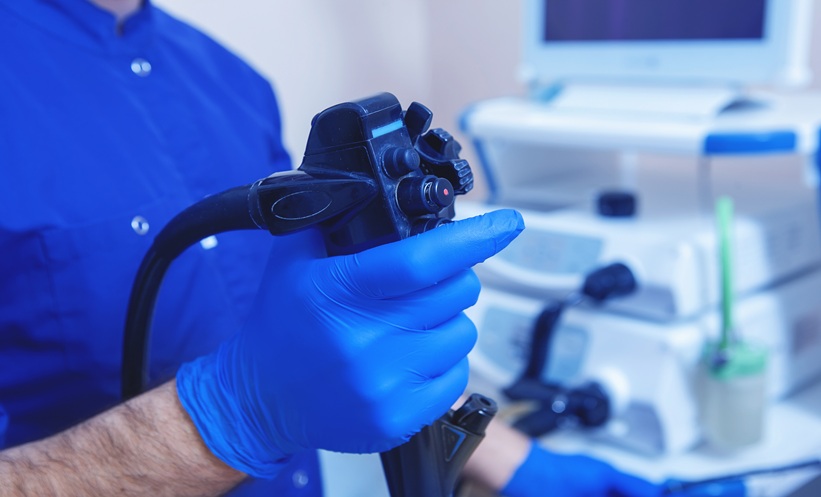Since the turn of the millennium, small bowel capsule endoscopy (SBCE) has become the preferred method for investigating the small bowel, namely in cases of suspected mid-gastrointestinal bleeding or Crohn’s disease. However, it remains somewhat controversial whether the patients should undergo bowel preparation for the procedure, and what is the best way of achieving better results in a convenient, safe, and well-tolerated manner. The classical recommendation from the manufacturer, still widely used to date, has been that patients receive a low-fibre diet the day before the procedure, with clear liquids only during the evening and 12 hours fast before capsule ingestion. However, recent meta-analyses have challenged this approach, by showing that the ingestion of a purgative solution, such as 2 L polyethylene glycol (PEG) prior to the examination could improve the quality of mucosal visualisation, and possibly also the diagnostic yield of SBCE.1,2 The use of such a protocol has been recently recommended by the European Society of Gastrointestinal Endoscopy (ESGE), although the society stressed that the optimal timing for taking the purgatives is yet to be established.3
This uncertainty regarding timing inspired our study, wherein we aimed to evaluate three different protocols of bowel preparation for SBCE by comparing outcomes regarding quality of visualisation, diagnostic yield, small bowel transit time (SBTT), and completion rate. Protocol A was the classical protocol (no preparation); for protocol B, patients ingested 1 L of PEG/ascorbic acid (MoviPrep™, Bridgewater, New Jersey, USA) the evening before the examination; and protocol C patients ingested 1 L of PEG/ascorbic acid (MoviPrep) on the day of examination after the capsule passed the small bowel, as assessed with the Real Time Viewer function of the Data Recorder DR3 used for PillCam™ SB3 (Medtronic, Minneapolis, Minnesota, USA). We included 101 consecutive patients, randomised for the three protocols. SBCE videos were blindly reviewed by two experienced gastroenterologists who reported all relevant endoscopic findings and classified the quality of bowel preparation, according to the percentage of the examination with a clear view, as excellent (>90%), good (76–90%), fair (50–75%), or poor (<50%). Patients were mainly female (approximately two thirds), with a mean age of 47 years, and the main indications were suspected mid-gastrointestinal bleeding (41%) and suspected Crohn’s disease (38%), with similar distribution among the three groups. The capsule was complete in 94.1% of patients, with a mean SBTT of 250±113 minutes, similar between the three protocols. For both readers, bowel preparation was good or excellent in a significantly higher proportion of patients in protocol C (approximately 75%), while in protocols B and A this was inferior to 45% and 40%, respectively. Looking at endoscopic findings, overall there were no differences in the diagnostic yield among the three protocols, although angioectasias were more prevalent in patients in protocol C (5.4%, 9.7%, and 27.3% of patients in groups A, B, and C, respectively).
Following the data’s presentation, we were questioned about the tolerability of and adverse events associated with the bowel preparation. Conducting the preparation only during the examination was well-tolerated, safe, and did not interfere with the previous day’s activities or cause any sleep disturbance. In conclusion, the administration of 1 L of PEG/ascorbic acid, administered during the examination after the capsule reaches the small bowel, was associated with better mucosal visualisation, without affecting SBTT or the completion rate, and with a possible positive impact on diagnostic yield; thus, we suggest this innovative protocol should be used systematically as the standard protocol to improve SBCE results.








